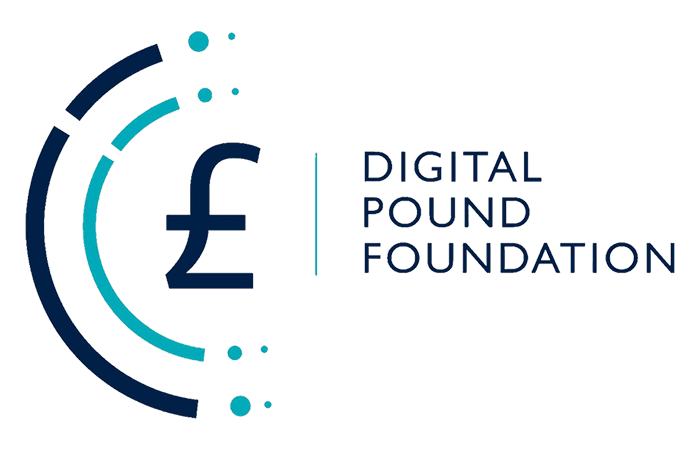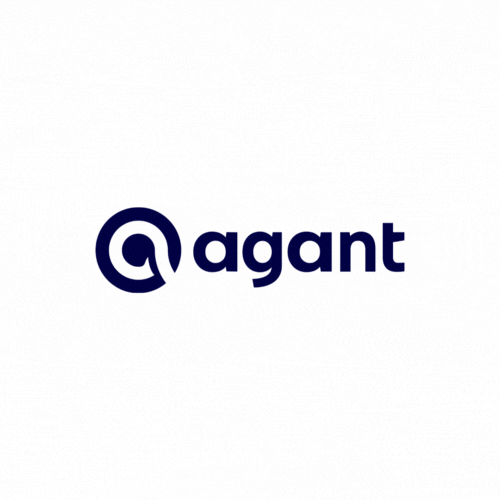The Bank of Canada recently released a study delving into the challenges related to financial inclusivity that a potential Central Bank Digital Currency (CBDC) might face. This study highlighted obstacles prevalent among rural residents, indigenous groups, low-income households, and individuals with disabilities. Interestingly, a previous report had expressed doubts about the need for a CBDC, suggesting that it might not necessarily enhance existing payment systems. Although these findings may seem at odds, the latest study underscores the inclusivity requirements specific to certain demographic sectors.
There’s been a noticeable decline in cash usage, dropping from 53% of transactions in 2009 to a mere 21% in 2021. Traditional measures of financial and digital inclusion, such as the prevalence of bank accounts and internet access, might not provide the full picture. Notably, only about 2% of Canadian adults lack a bank account. Yet, this figure is much higher among the lower-income brackets.
It’s been observed that Canadians with limited banking services—those who may have an account but encounter other barriers—tend to resort to alternative financial solutions like payday loans and check cashing services. Such options usually impose exorbitant fees on clients, often those with lesser means, further exacerbating their financial plight.
A recurring reason for this trend includes a dearth of financial knowledge and a pervasive mistrust towards mainstream financial institutions. For instance, the report highlighted that in Manitoba, many from low-income brackets, particularly those of indigenous descent, are inclined to bypass conventional banking systems in favor of alternative financial services due to historical prejudices. Moreover, a mere 24% of households in Indigenous areas boast access to fast internet.
Older individuals, those above 65 years, use the internet about 28% less than the national average. Digital advancements, while simplifying tasks like money counting, can introduce complexities with intricate user interfaces, a challenge not exclusive to older demographics.
It’s worth noting that those without personal digital access often rely on public platforms like libraries for online banking or shopping, exposing them to potential security threats.
The research differentiated between three key inclusion aspects: financial, digital, and accessibility. Many influencing factors remain outside the purview of central banking authorities. But, as the financial landscape continues to evolve digitally, the essence of modern financial inclusion will hinge on expanded digital access coupled with comprehensive education.
In its conclusion, the report expressed that a CBDC possesses the potential to remedy numerous outlined challenges. However, its integration into the prevailing payment structure must be meticulously planned to optimise inclusivity and circumvent the perpetuation of current barriers.





























































